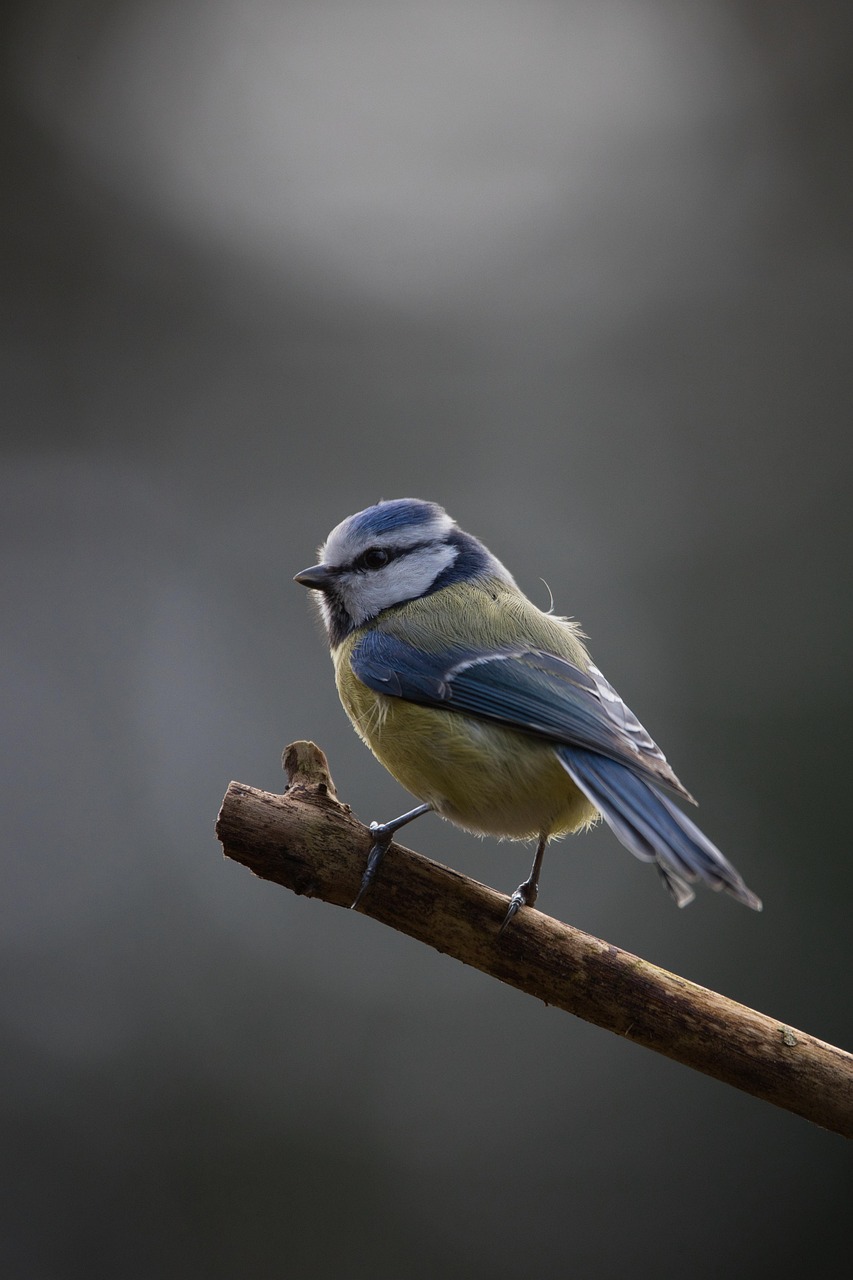
How to Choose the Perfect Trek in Nepal: Tips for Every Traveler
Nepal, renowned as the home of the Himalayas, offers trekking adventures that combine breathtaking natural beauty, rich cultural experiences, and thrilling challenges. From serene trails in the Annapurna region to the rugged paths leading to Everest, there’s a trek for every traveler.
At Nepal Yetiraj Treks, we aim to ensure your trekking experience is tailored to your goals, fitness level, and sense of adventure. In this comprehensive guide, we’ll explore how to choose the perfect trek for your visit to Nepal, helping you make an informed decision for a trip of a lifetime.
1. Understand Nepal’s Top Trekking Regions
Nepal is divided into several trekking regions, each offering unique landscapes, cultural experiences, and levels of difficulty. Here’s a detailed breakdown:
1.1 Annapurna Region
The Annapurna region is the most popular trekking area, offering diverse landscapes from lush subtropical forests to alpine meadows.
- Popular Treks: Annapurna Base Camp, Annapurna Circuit, and Ghorepani Poon Hill.
- Highlights: Panoramic views of Annapurna, Machhapuchhre (Fishtail), and Dhaulagiri; charming Gurung and Magar villages; natural hot springs.
- Why Choose This Region? It’s perfect for moderate trekkers looking for cultural immersion and scenic beauty. Treks in this region often require moderate altitude acclimatization, making it suitable for beginners and experienced trekkers alike.
1.2 Everest Region
Famous for its proximity to the world’s tallest mountain, this region provides a thrilling experience for adventurers.
- Popular Treks: Everest Base Camp, Gokyo Lakes Trek, and the Three Passes Trek.
- Highlights: Views of Mount Everest, Sherpa culture, high-altitude monasteries, and the bustling village of Namche Bazaar.
- Why Choose This Region? This region is ideal for trekkers looking for iconic views and a sense of achievement. However, it’s best suited for those with prior trekking experience due to the challenging terrain and high altitudes.
1.3 Langtang Region
This region is less crowded, making it an excellent choice for those seeking tranquility.
- Popular Treks: Langtang Valley Trek, Helambu Trek, and Gosaikunda Lake Trek.
- Highlights: Serene landscapes, rhododendron forests, and close proximity to Kathmandu.
- Why Choose This Region? It’s perfect for trekkers who want a peaceful experience with fewer crowds and still enjoy stunning mountain vistas.
1.4 Off-the-Beaten-Path Treks
For adventurers seeking something unique, Nepal offers remote and untouched trekking trails.
- Popular Treks: Upper Mustang, Manaslu Circuit, and Dolpo Region Treks.
- Highlights: Unique Tibetan-influenced cultures, dramatic landscapes, and pristine wilderness.
- Why Choose This Region? These treks are great for seasoned trekkers who want to explore Nepal’s less-traveled regions while experiencing its raw beauty.
2. Evaluate Your Fitness and Experience Level
The type of trek you choose should align with your physical fitness, trekking experience, and personal goals. Here’s how to assess yourself:
2.1 For Beginners
- Recommended Treks: Ghorepani Poon Hill, Mardi Himal, and Langtang Valley.
- Key Features: Shorter distances, well-maintained trails, and moderate altitudes (below 3,500m).
- Pro Tip: Start preparing a few weeks in advance by engaging in cardio, hiking, or strength training to build stamina.
2.2 For Moderate Trekkers
- Recommended Treks: Annapurna Base Camp, Everest Base Camp, and Gosaikunda Trek.
- Key Features: Longer trails with moderate ascents and descents, requiring physical fitness but no prior high-altitude trekking experience.
- Pro Tip: Familiarize yourself with basic altitude sickness symptoms and ensure proper acclimatization during the trek.
2.3 For Experienced Trekkers
- Recommended Treks: Manaslu Circuit, Three Passes Trek, and Upper Mustang.
- Key Features: Challenging trails, high altitudes (over 5,000m), and longer durations (15–20 days).
- Pro Tip: Experienced trekkers should focus on carrying essential gear and being mentally prepared for challenging weather conditions.
3. Consider the Best Seasons for Trekking
The weather plays a crucial role in determining the success and enjoyment of your trek. Nepal’s trekking seasons are categorized as follows:
3.1 Spring (March to May)
- Conditions: Clear skies, blooming rhododendron forests, and mild temperatures.
- Best For: Annapurna and Langtang regions, as the trails are vibrant and scenic.
- Pro Tip: Early spring is less crowded, allowing for a more peaceful trekking experience.
3.2 Autumn (September to November)
- Conditions: Crisp air, stable weather, and the clearest mountain views.
- Best For: High-altitude treks like Everest Base Camp or Manaslu Circuit.
- Pro Tip: Book your trek early as this is the busiest season.
3.3 Winter (December to February)
- Conditions: Snow-covered landscapes with colder temperatures, especially at higher altitudes.
- Best For: Short treks like Poon Hill or treks in the lower Annapurna region.
- Pro Tip: Ensure you have warm clothing and gear for high-altitude snow treks.
3.4 Summer/Monsoon (June to August)
- Conditions: Rainy trails with lush greenery and fewer crowds.
- Best For: Treks in rain-shadow areas like Upper Mustang and Dolpo.
- Pro Tip: Be prepared for leeches in forested areas and carry waterproof gear.
4. Guided vs. Independent Treks
One of the most important decisions is whether to trek independently or with a guide. Here’s why trekking with Nepal Yetiraj Treks is a smarter choice:
4.1 Safety and Comfort
Our expert guides are trained to manage emergencies, handle altitude sickness, and navigate trails in any weather condition.
4.2 Cultural Insights
Guides enrich your journey with stories, history, and insights about the local culture, enhancing your experience.
4.3 Seamless Logistics
From obtaining permits to arranging accommodations and meals, we handle everything, so you can focus on enjoying your trek.
4.4 Responsible Tourism
We practice sustainable tourism, ensuring minimal impact on the environment and supporting local communities.
5. Packing and Preparation Tips
Packing right is key to a successful trek. Here’s what you’ll need:
5.1 Clothing
- Layered clothing for changing temperatures.
- Waterproof and windproof jackets.
- Thermal innerwear for high-altitude treks.
5.2 Essential Equipment
- A durable backpack (40–60 liters).
- Trekking poles for steep descents.
- A good-quality sleeping bag (rated for sub-zero temperatures).
5.3 Personal Items
- Sunscreen, sunglasses, and a hat for sun protection.
- Refillable water bottles or a hydration bladder.
- A comprehensive first-aid kit and personal medications.
5.4 Optional Gear
- Camera or smartphone for capturing memories.
- Snacks like energy bars and dry fruits.
6. Budget and Trekking Costs
Cost is an important factor when choosing a trek in Nepal. The price varies depending on the region, duration, and services included. Here’s a detailed breakdown of what to consider:
6.1 Factors Affecting Trekking Costs
- Trekking Region:
- Popular areas like Annapurna or Langtang are more affordable compared to remote regions like Upper Mustang or Dolpo.
- Trek Duration:
- Shorter treks like Poon Hill (5–7 days) are budget-friendly, while longer treks like the Annapurna Circuit or Everest Base Camp (12–20 days) are costlier.
- Guides and Porters:
- Hiring a guide or porter ensures safety and comfort but adds to the overall cost. At Nepal Yetiraj Treks, we offer affordable packages that include experienced guides and porters.
- Seasonal Variations:
- Costs may rise during peak seasons (spring and autumn) due to higher demand for accommodations and flights.
6.2 Average Trekking Costs
- Budget Treks: $20–$40 per day (independent trekking with basic tea house stays).
- Guided Treks: $50–$150 per day, depending on inclusions like permits, meals, accommodation, and transportation.
- Luxury Treks: $200+ per day, offering premium lodges and personalized services.
At Nepal Yetiraj Treks, we provide transparent pricing, ensuring you receive the best value for your adventure.
7. Acclimatization and Altitude Sickness
Altitude sickness is a common concern for trekkers venturing into higher altitudes. Proper acclimatization is essential for a safe and enjoyable trek.
7.1 What is Altitude Sickness?
Altitude sickness occurs when your body struggles to adapt to lower oxygen levels at high altitudes. Symptoms include headaches, nausea, fatigue, and dizziness.
7.2 How to Prevent Altitude Sickness
- Acclimatization Days:
- Allow your body to adjust by scheduling rest days during the trek. For example, the Everest Base Camp Trek includes acclimatization stops at Namche Bazaar and Dingboche.
- Stay Hydrated:
- Drink at least 3–4 liters of water daily to prevent dehydration.
- Climb High, Sleep Low:
- Gain altitude gradually and avoid rapid ascents.
- Medications:
- Consult your doctor about preventive medications like Diamox.
7.3 Why Trekking with a Guide Helps
Guides at Nepal Yetiraj Treks are trained to recognize altitude sickness symptoms early and take necessary actions, ensuring your safety at every step.
8. Sustainable Trekking Practices
Trekking in Nepal is not just about exploring nature—it’s about preserving it for future generations. At Nepal Yetiraj Treks, we prioritize responsible tourism. Here’s how you can contribute:
8.1 Leave No Trace
- Avoid littering and dispose of waste responsibly.
- Use refillable water bottles instead of single-use plastics.
8.2 Support Local Communities
- Stay in locally-owned tea houses and lodges.
- Purchase souvenirs from local artisans.
8.3 Respect Cultural Norms
- Dress modestly and ask for permission before taking photos of locals.
- Learn a few Nepali phrases to connect with locals, such as “Namaste” (hello) and “Dhanyabad” (thank you).
By choosing Nepal Yetiraj Treks, you’re supporting a company that values sustainable and community-focused travel.
9. Why Choose Nepal Yetiraj Treks?
With countless trekking agencies in Nepal, why should you choose us? Here’s what sets Nepal Yetiraj Treks apart:
9.1 Expert Local Guides
Our guides are not just skilled professionals but also passionate ambassadors of Nepal. They’ll enrich your trek with cultural insights, local stories, and expert knowledge of the trails.
9.2 Customized Itineraries
We understand that every traveler is unique. Whether you want a challenging adventure or a relaxed cultural trek, we’ll design an itinerary tailored to your needs.
9.3 Safety First
Your safety is our priority. From reliable trekking gear to thorough planning and altitude sickness management, we leave nothing to chance.
9.4 Transparent Pricing
No hidden costs—our packages are all-inclusive, covering permits, accommodations, meals, guides, and porters.
9.5 Sustainable Travel
We’re committed to preserving Nepal’s environment and empowering local communities. By trekking with us, you’re contributing to a greener, more ethical future.
10. Start Your Adventure Today
Choosing the perfect trek in Nepal doesn’t have to be overwhelming. With a little guidance and the right planning, you can embark on an unforgettable journey through some of the most stunning landscapes on Earth.
At Nepal Yetiraj Treks, we’re here to help you every step of the way. Whether you’re a first-time trekker or a seasoned mountaineer, our expert team is ready to make your adventure seamless and memorable.
Contact us today to discuss your trekking goals, and let’s start planning the perfect trek for you!

